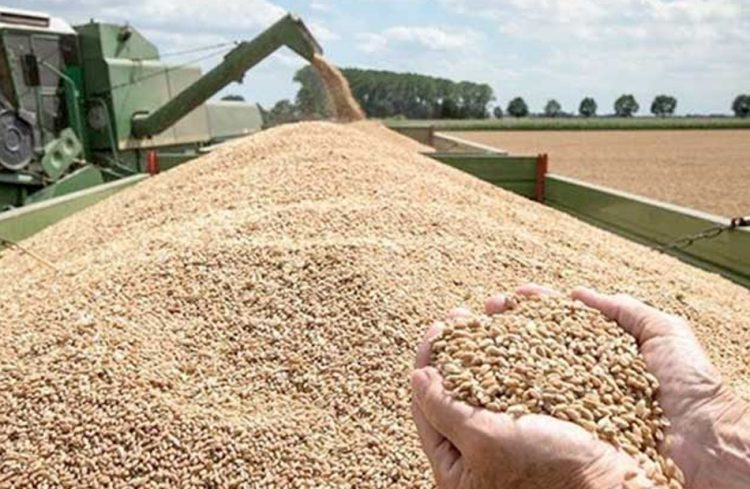Publisher: Maaal International Media Company
License: 465734
Wheat falls 6% on Ukraine grain export deal; corn sags, soy rallies
U.S. wheat futures fell nearly 6% to their lowest level since February after Russia and Ukraine signed a landmark deal to reopen Ukrainian Black Sea ports for grain exports, traders said.
According to Reuters, Corn fell almost 2% on the news but soybean futures closed higher, rebounding from multi-month lows.
Chicago Board of Trade September wheat settled down 47-1/4 cents at $7.59 per bushel after dipping to $7.54, the contract’s lowest since Feb. 4.
اقرأ المزيد
December corn ended down 9-1/4 cents at $5.64-1/4 a bushel while November soybeans rose 14-1/4 cents to finish at $13.15-3/4, bouncing after a dip to $12.88-1/2, a six-month low.
The Russia-Ukraine accord, which crowned two months of talks brokered by the United Nations and Turkey, raised hopes that an international food crisis aggravated by the Russian invasion can be eased.
Speaking at the signing ceremony in Istanbul, U.N. Secretary General Antonio Guterres said the deal opens the way to significant volumes of commercial food exports from three key Ukrainian ports – Odesa, Chernomorsk and Yuzhny.
Ukraine and Russia are among the world’s biggest grain exporters.
Meanwhile, export demand for U.S. wheat has been slow, despite a plunge in futures. CBOT September wheat has tumbled more than $5 a bushel, or 41%, since mid-May.
“There is business around on the break in price. But we are not getting any of it; we are still $40 a tonne over world values,” said Terry Linn, analyst with Linn & Associates, a Chicago brokerage.
Buyers from China purchased large volumes of Australian and French wheat this week, European traders said.
CBOT corn faced additional pressure from improving weather in the U.S. Midwest that should bolster crop prospects.
“Rain is expected across the Corn Belt over the next week, with the heaviest amounts expected in southern and eastern portions,” space technology company Maxar said in a daily weather note.
Soybeans bounced, although the benchmark November contract ended the week down 2%, reflecting better U.S. crop weather and weak domestic cash markets.
“The big story in beans has been the cratering in the (cash) basis over the past couple of weeks,” Linn said, noting that soy processors have slowed purchases of pricey old-crop soybeans, opting to wait for the autumn harvest of the 2022 crop.








